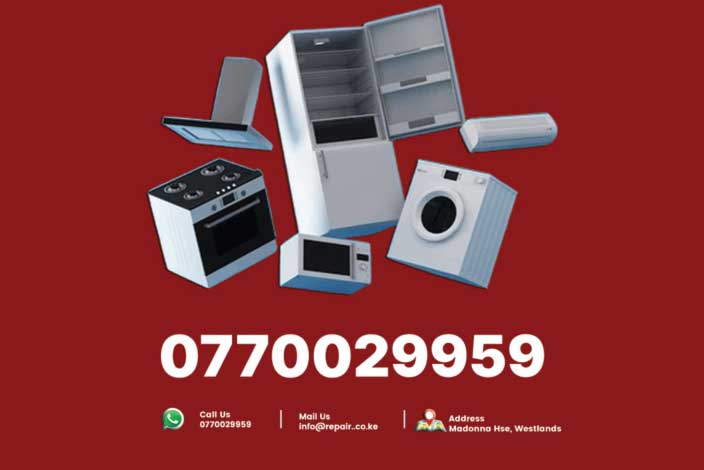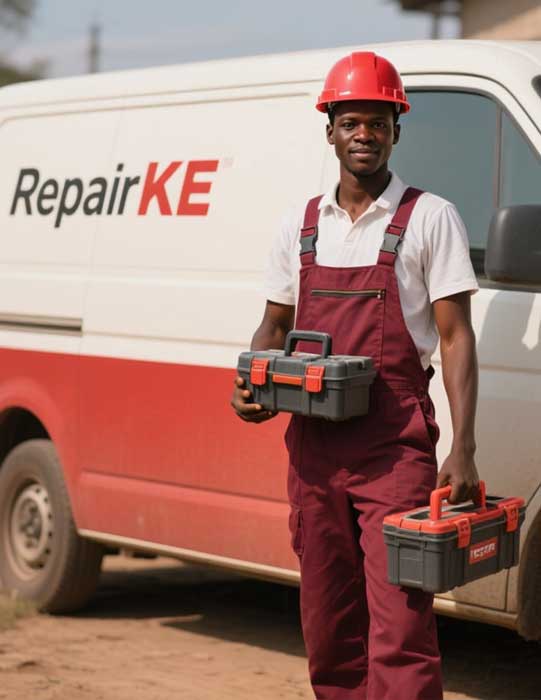Burn-through occurs when excessive heat melts through the workpiece, creating holes or weak welds, particularly in thin materials. This fault is often caused by improper machine settings or operator error, but machine faults can also contribute.
High amperage or voltage settings are common culprits, as they generate excessive heat. Slow travel speed during welding can also cause heat to concentrate, leading to burn-through. Machine-related issues, such as inconsistent power output or a faulty control board, may deliver unpredictable current, exacerbating the problem. Thin or improperly prepared workpieces are also more susceptible to burn-through.
To diagnose burn-through, review the machine’s settings to ensure they are appropriate for the material thickness and welding process. For example, thinner materials require lower amperage and faster travel speeds. Inspect the workpiece for proper preparation, such as cleaning and gap alignment. Test the machine’s output for consistency using a multimeter, as erratic power delivery may indicate internal faults requiring professional repair.
Preventive measures include calibrating machine settings for the material, practicing proper travel speed, and preparing workpieces thoroughly. Regular machine maintenance can also ensure stable power output. By addressing these factors, welders can avoid burn-through and achieve strong, clean welds.






